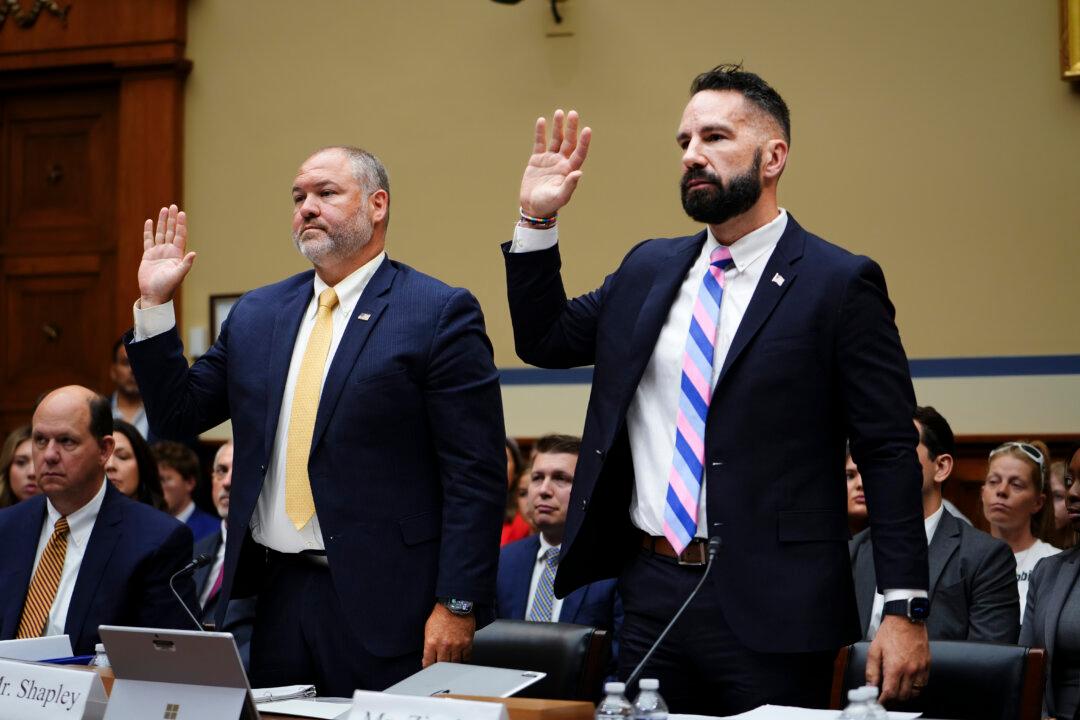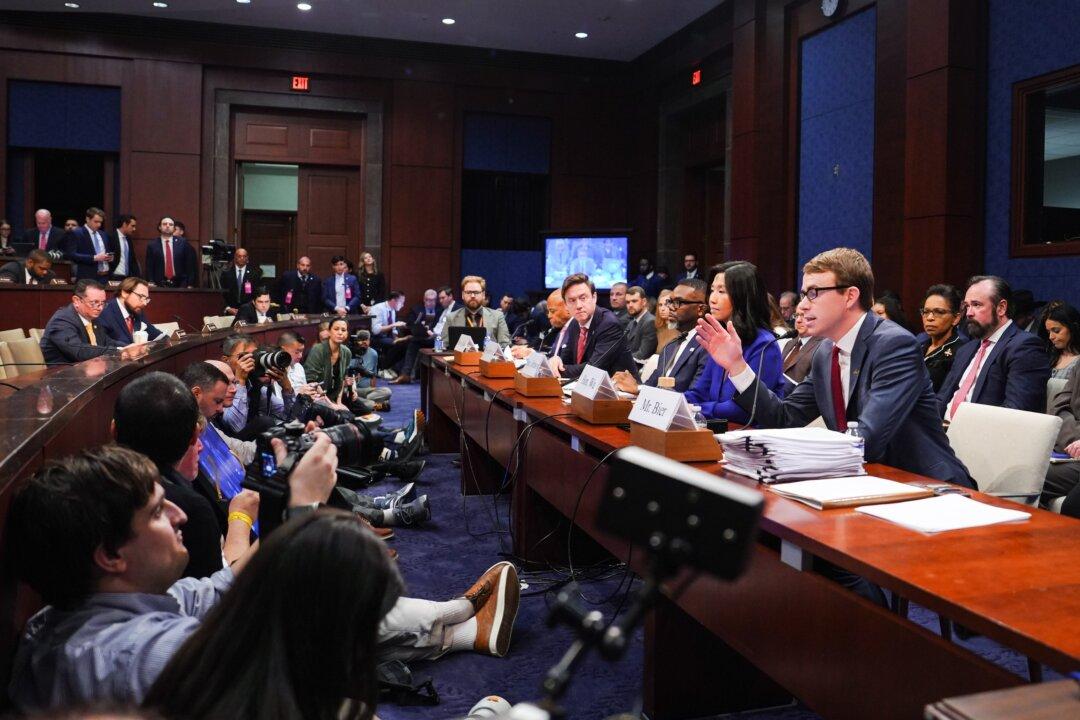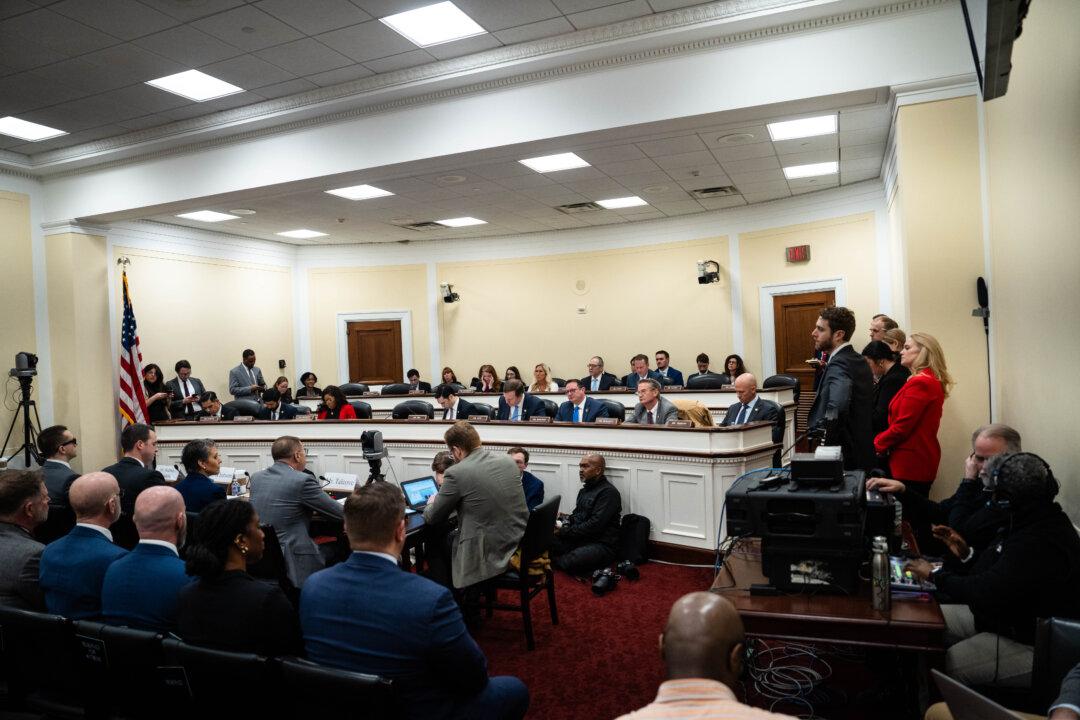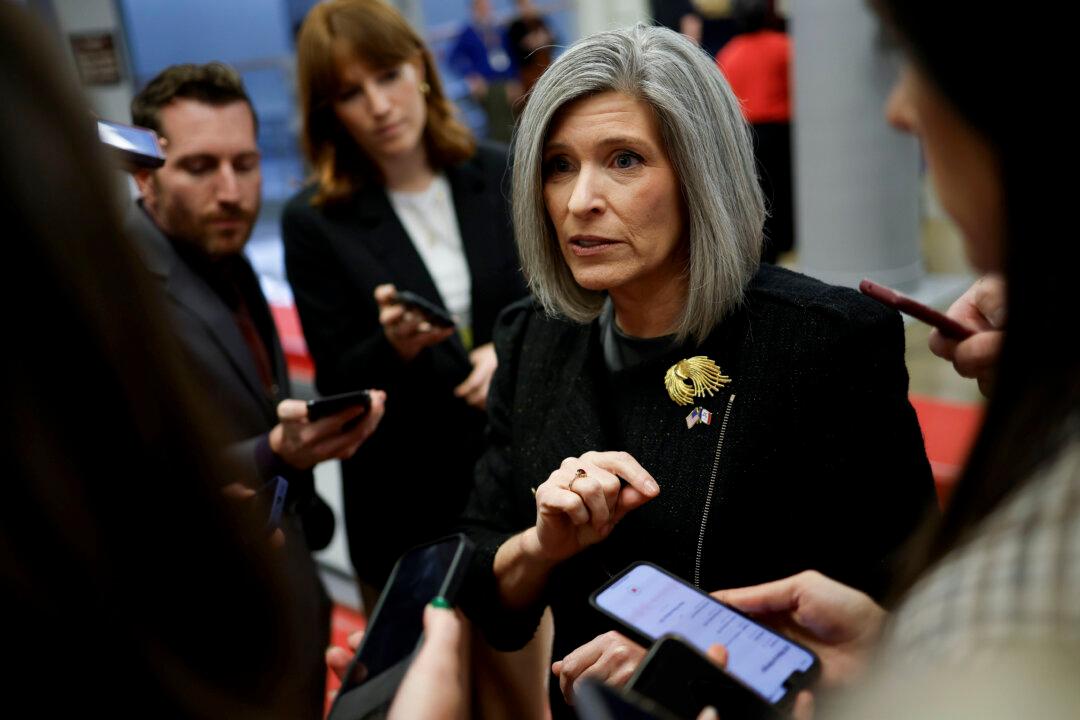Federal officials gave more than $23 billion in COVID-19 aid to the nation’s top 20 nonprofit hospitals, even as a 62 percent increase in their collective net assets led to parallel surges in the institutions’ total profits and revenues during 2018–2021, according to a new report.
Only two of the 20 institutions have repaid the government for the COVID-19 aid they received.





